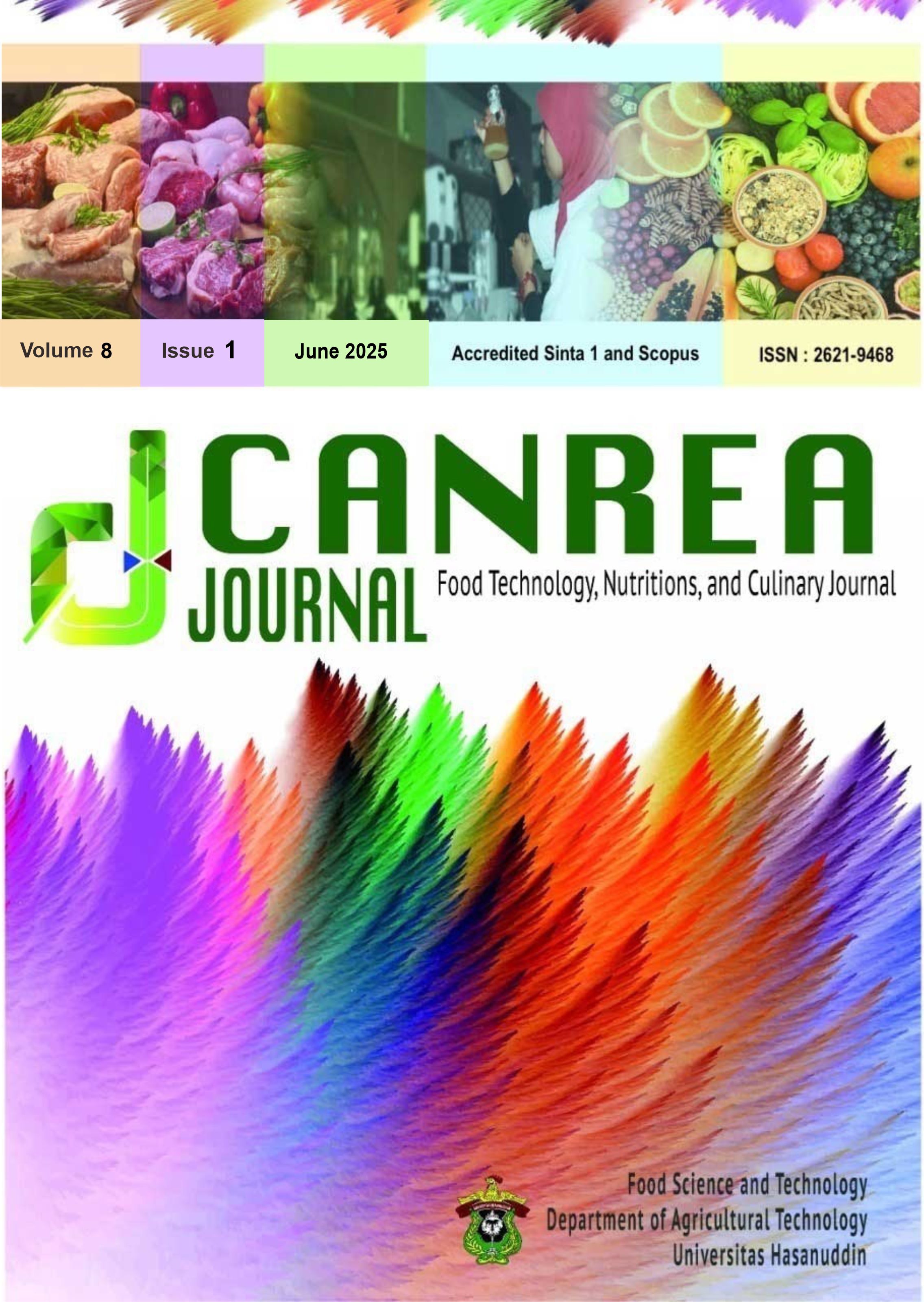Abstract
The masak lemak cili padi dish is closely associated with Negeri Sembilan. Migrants from Padang, Indonesia, known as the Minangkabau, introduced their cultural heritage to this Malaysian state through their traditional cuisine. The masak lemak cili padi dishes are renowned in Negeri Sembilan, attracting tourists and customers from various ethnic backgrounds. This study aims to apply the Delphi method, a structured communication technique that involves a panel of experts, to rank the nine types of masak lemak cili padi dishes at Restaurant X, the biggest restaurant in Negeri Sembilan that specialises in this cuisine. The Delphi method is chosen for its ability to reach consensus among a group of experts, in this case, 30 participating customers. Based on Kendall’s coefficient of concordance W=0.351 and p<0.001, the nine dishes’ ranking was deemed consistent. The study revealed that masak lemak cili padi using smoked beef, chicken, smoked duck, and crab were the most popular choices for the 30 participating customers. The least popular are gulai pucuk, smoked catfish, telur itik, fish/prawn and siput sedut. Restaurant X is recommended to focus more on the traditional masak lemak cili padi dishes, particularly smoked beef, chicken, and duck. The usage of customers instead of subject matter experts, coupled with the robustness in conducting the Delphi study to scientifically rank the masak lemak cili padi dishes, are the major contribution of this study.

This work is licensed under a Creative Commons Attribution 4.0 International License.
Copyright (c) 2025 Canrea Journal: Food Technology, Nutritions, and Culinary Journal

